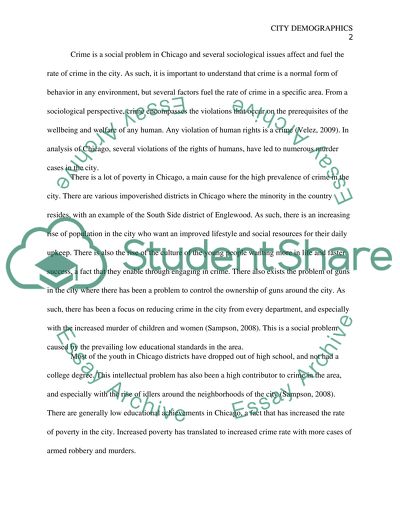Cite this document
(“City Demographics Essay Example | Topics and Well Written Essays - 1500 words”, n.d.)
Retrieved from https://studentshare.org/social-science/1696427-city-demographics-and-crime-profile
Retrieved from https://studentshare.org/social-science/1696427-city-demographics-and-crime-profile
(City Demographics Essay Example | Topics and Well Written Essays - 1500 Words)
https://studentshare.org/social-science/1696427-city-demographics-and-crime-profile.
https://studentshare.org/social-science/1696427-city-demographics-and-crime-profile.
“City Demographics Essay Example | Topics and Well Written Essays - 1500 Words”, n.d. https://studentshare.org/social-science/1696427-city-demographics-and-crime-profile.


